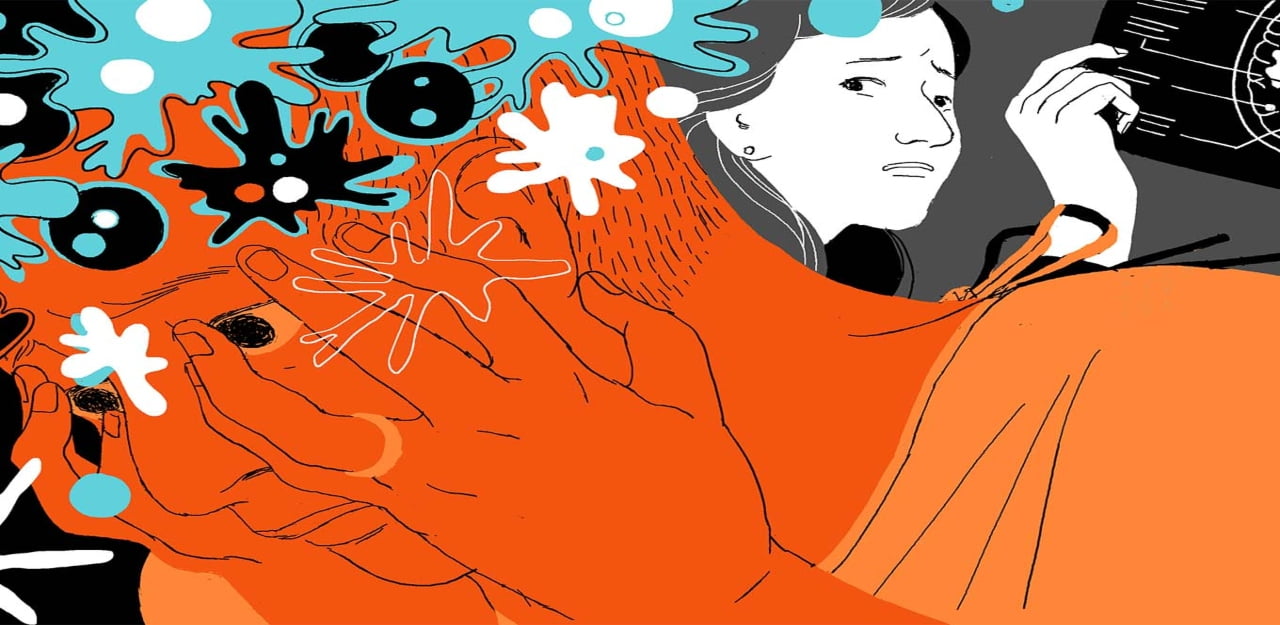The brain-eating amoeba (Naegleria fowleri) is a microscopic single-celled organism that can cause a rare and often fatal brain infection called primary amebic meningoencephalitis (PAM). Naegleria fowleri is found in warm freshwater, such as lakes, rivers, and hot springs. It can also be found in soil and poorly chlorinated swimming pools.
How does Naegleria fowleri infect people
Table of Contents
Naegleria fowleri enters the body through the nose when people swim or dive in warm freshwater. The amoeba then travels up the nose to the brain, where it can cause PAM. PAM is a very serious infection that can lead to death within days.
What are the symptoms of PAM

The symptoms of PAM usually start within 1 to 7 days after exposure to Naegleria fowleri. The first symptoms are similar to those of the flu, such as fever, headache, nausea, and vomiting. As the infection progresses, people with PAM may experience stiff neck, confusion, seizures, and coma.
How is PAM diagnosed
PAM is diagnosed by a lumbar puncture, which is a procedure that involves removing a sample of cerebrospinal fluid (CSF) from the spinal cord. The CSF is then tested for the presence of Naegleria fowleri.
Is there a treatment for PAM
There is no cure for PAM. Treatment is supportive and involves measures to reduce swelling and inflammation in the brain. Some people with PAM may also receive antibiotics or antifungal medications.
How can you prevent PAM

There are a few things you can do to prevent PAM:
- Avoid swimming or diving in warm freshwater, especially if the water is murky or stagnant.
- If you must swim in warm freshwater, keep your nose closed while you are in the water.
- Avoid using nasal irrigation devices with tap water.
- If you think you may have been exposed to Naegleria fowleri, seek medical attention immediately.
The brain-eating amoeba in Lake Mead is a serious threat, but it is important to remember that the risk of infection is very low. By following the prevention tips above, you can help to protect yourself from this deadly infection.
Here are some additional resources for more information on the brain-eating amoeba:
- Centers for Disease Control and Prevention: https://www.cdc.gov/parasites/naegleria/index.html
- National Institutes of Health: https://www.ncbi.nlm.nih.gov/pmc/articles/PMC3571632/
- World Health Organization: https://www.cdc.gov/parasites/naegleria/index.html

